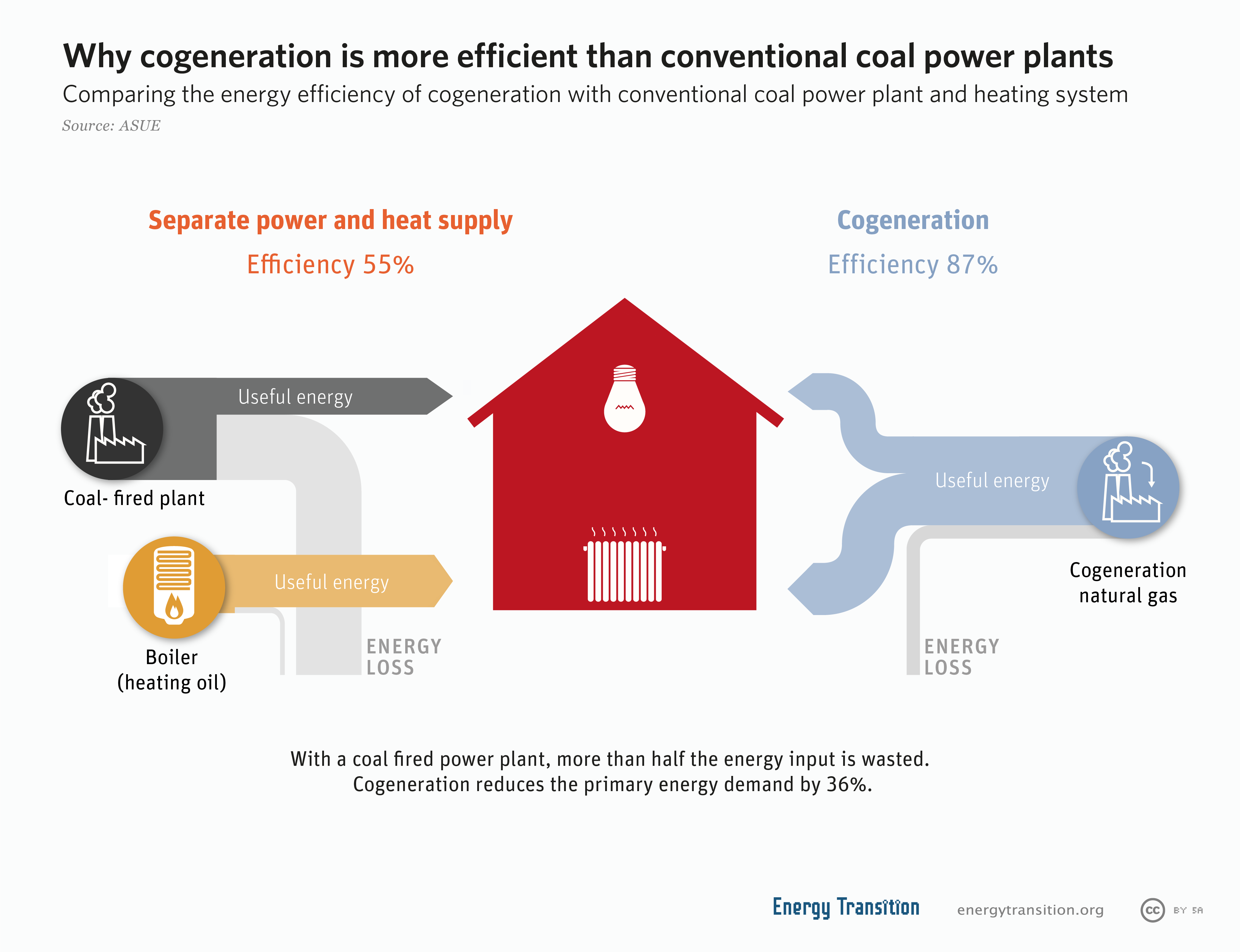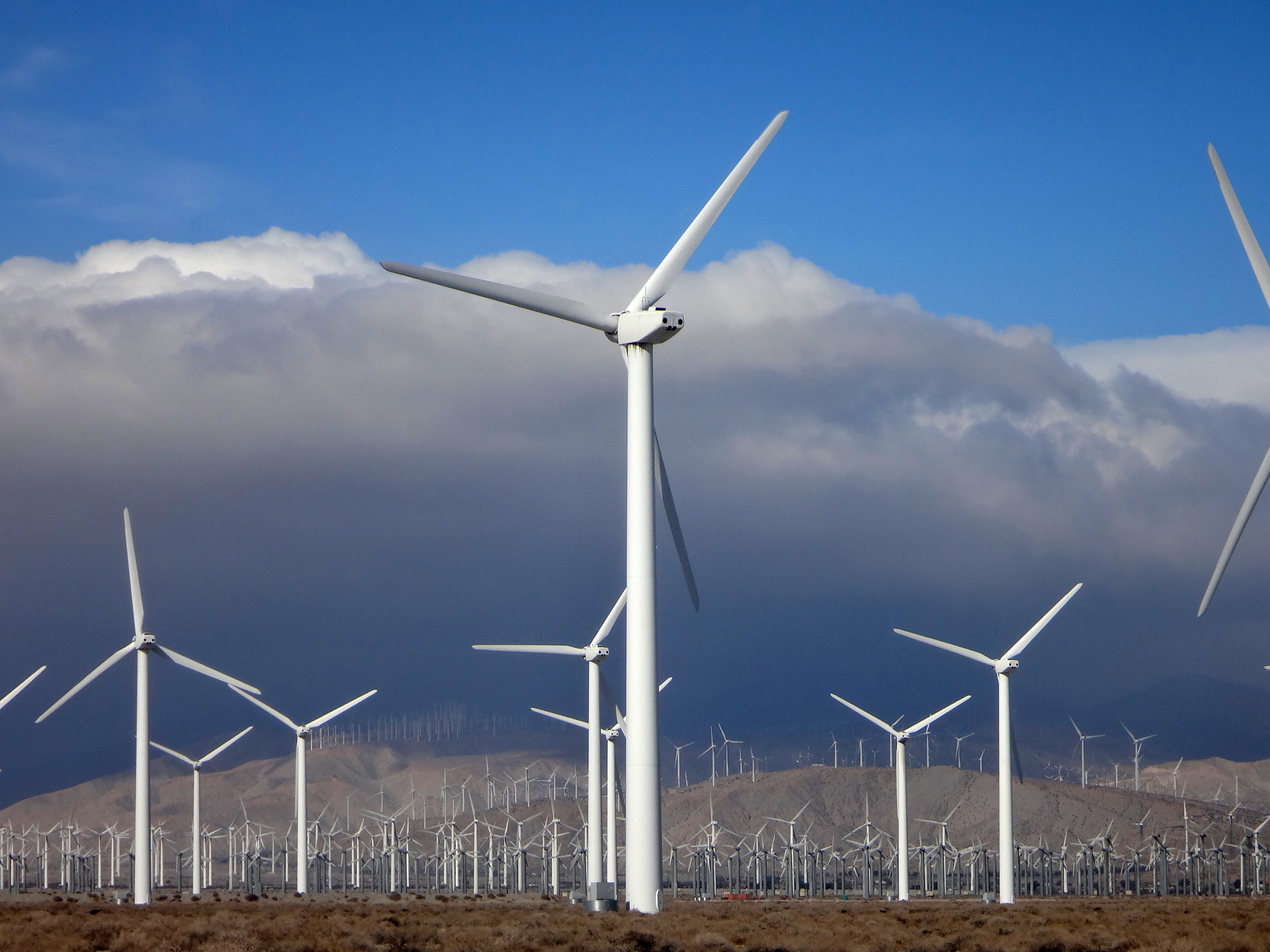|
Latvenergo
Latvenergo is a state-owned electric utility company in Latvia. Latvenergo Group provides energy supply services in the Baltics. The Group comprises the parent company Latvenergo AS, with decisive influence, and five subsidiaries. Latvenergo AS ensures generation and trade of electricity and thermal energy as well as trade of natural gas. Sadales tīkls AS ensures electricity distribution to each customer. Elektrum Eesti OÜ and Elektrum Lietuva UAB conduct electricity trade in Estonia and Lithuania respectively. Enerģijas publiskais tirgotājs AS carries out administration of electricity mandatory procurement. Latvenergo has four hydroelectric power plants: Pļaviņu HES, Rīgas HES, Ķeguma HES and Aiviekstes HES, with total installed capacity of 1535 MWt The watt (symbol: W) is the unit of power or radiant flux in the International System of Units (SI), equal to 1 joule per second or 1 kg⋅m2⋅s−3. It is used to quantify the rate of energy transfer. ... [...More Info...] [...Related Items...] OR: [Wikipedia] [Google] [Baidu] |
Ķegums Hydroelectric Power Station
The Ķegums Hydro Power Plant is the oldest hydropower plant on the river Daugava and the third largest in Latvia located in Ķegums. The complex consist of two power plants. The first plant was built from 1936 to 1940. The plant was totally renovated from 1998 to 2001, including replacement of four hydroelectric sets with a nominal output of around 65 MW. The second plant was built from 1976 to 1979. It has three hydroelectric sets with installed capacity of 192 MW. The complex is operated by Latvenergo Latvenergo is a state-owned electric utility company in Latvia. Latvenergo Group provides energy supply services in the Baltics. The Group comprises the parent company Latvenergo AS, with decisive influence, and five subsidiaries. Latvenergo A .... References External links Hydroelectric power stations in Latvia Dams in Latvia Dams completed in 1940 Hydroelectric power stations built in the Soviet Union {{hydroelectric-power-plant-stub ... [...More Info...] [...Related Items...] OR: [Wikipedia] [Google] [Baidu] |
Rīgas HES
Riga's Hydroelectric Power Plant ( lv, Rīgas hidroelektrostacija, shortened Rīgas HES) is located just beyond Riga's southern border. It is geographically located in the town of Salaspils. Total installed power generating capacity is 402 MW. There are six generators, two transformers and two 330 kV power lines (to Salaspils and Bišuciems). History The Riga Hydroelectric Power Plant was put into operation in 1974. In order to build Riga HES, a dam was constructed across the Daugava River through the middle of Doles Sala, half of which has since been flooded to make room for Riga Reservoir. Along with Doles Sala, there have been several other smaller islands drowned in order to fill the reservoir. The dam was built in the late 1970s. Aside from its main purpose of keeping the reservoir contained, its top is used as a motor vehicle highway. A railroad was also constructed on the dam, but it was utilized only during construction of the powerplant and was dem ... [...More Info...] [...Related Items...] OR: [Wikipedia] [Google] [Baidu] |
Aiviekste Hydroelectric Power Station
Aiviekste hydroelectric power station is the first hydroelectric power station constructed in Latvia. It is located on the Aiviekste River. The power station was commissioned in 1925 and until 1938 it was the largest in Latvia. The power station was decommissioned in 1969; however, in 1988 it was decided to restore it. In 1993, the power station restarted power generation. The power station has total capacity of 0.8 MW. In 2007, it generated 3GWh of electricity. The power station is operated by Latvenergo Latvenergo is a state-owned electric utility company in Latvia. Latvenergo Group provides energy supply services in the Baltics. The Group comprises the parent company Latvenergo AS, with decisive influence, and five subsidiaries. Latvenergo .... See also References Hydroelectric power stations in Latvia {{Hydroelectric-power-plant-stub ... [...More Info...] [...Related Items...] OR: [Wikipedia] [Google] [Baidu] |
Latvia
Latvia ( or ; lv, Latvija ; ltg, Latveja; liv, Leţmō), officially the Republic of Latvia ( lv, Latvijas Republika, links=no, ltg, Latvejas Republika, links=no, liv, Leţmō Vabāmō, links=no), is a country in the Baltic region of Northern Europe. It is one of the Baltic states; and is bordered by Estonia to the north, Lithuania to the south, Russia to the east, Belarus to the southeast, and shares a maritime border with Sweden to the west. Latvia covers an area of , with a population of 1.9 million. The country has a temperate seasonal climate. Its capital and largest city is Riga. Latvians belong to the ethno-linguistic group of the Balts; and speak Latvian, one of the only two surviving Baltic languages. Russians are the most prominent minority in the country, at almost a quarter of the population. After centuries of Teutonic, Swedish, Polish-Lithuanian and Russian rule, which was mainly executed by the local Baltic German aristocracy, the independent R ... [...More Info...] [...Related Items...] OR: [Wikipedia] [Google] [Baidu] |
Government-owned Corporation
A state-owned enterprise (SOE) is a government entity which is established or nationalised by the ''national government'' or ''provincial government'' by an executive order or an act of legislation in order to earn profit for the government, control monopoly of the private sector entities, provide products and services to citizens at a lower price and for the achievement of overall financial goals & developmental objectives in a particular country. The national government or provincial government has majority ownership over these ''state owned enterprises''. These ''state owned enterprises'' are also known as public sector undertakings in some countries. Defining characteristics of SOEs are their distinct legal form and possession of financial goals & developmental objectives (e.g., a state railway company may aim to make transportation more accessible and earn profit for the government), SOEs are government entities established to pursue financial objectives and devel ... [...More Info...] [...Related Items...] OR: [Wikipedia] [Google] [Baidu] |
Riga
Riga (; lv, Rīga , liv, Rīgõ) is the capital and largest city of Latvia and is home to 605,802 inhabitants which is a third of Latvia's population. The city lies on the Gulf of Riga at the mouth of the Daugava river where it meets the Baltic Sea. Riga's territory covers and lies above sea level, on a flat and sandy plain. Riga was founded in 1201 and is a former Hanseatic League member. Riga's historical centre is a UNESCO World Heritage Site, noted for its Art Nouveau/Jugendstil architecture and 19th century wooden architecture. Riga was the European Capital of Culture in 2014, along with Umeå in Sweden. Riga hosted the 2006 NATO Summit, the Eurovision Song Contest 2003, the 2006 IIHF Men's World Ice Hockey Championships, 2013 World Women's Curling Championship and the 2021 IIHF World Championship. It is home to the European Union's office of European Regulators for Electronic Communications (BEREC). In 2017, it was named the European Region of Gastronomy. I ... [...More Info...] [...Related Items...] OR: [Wikipedia] [Google] [Baidu] |
Electricity
Electricity is the set of physical phenomena associated with the presence and motion of matter that has a property of electric charge. Electricity is related to magnetism, both being part of the phenomenon of electromagnetism, as described by Maxwell's equations. Various common phenomena are related to electricity, including lightning, static electricity, electric heating, electric discharges and many others. The presence of an electric charge, which can be either positive or negative, produces an electric field. The movement of electric charges is an electric current and produces a magnetic field. When a charge is placed in a location with a non-zero electric field, a force will act on it. The magnitude of this force is given by Coulomb's law. If the charge moves, the electric field would be doing work on the electric charge. Thus we can speak of electric potential at a certain point in space, which is equal to the work done by an external agent in carrying a unit of p ... [...More Info...] [...Related Items...] OR: [Wikipedia] [Google] [Baidu] |
Electric Utility
An electric utility is a company in the electric power industry (often a public utility) that engages in electricity generation and distribution of electricity for sale generally in a regulated market. The electrical utility industry is a major provider of energy in most countries. Electric utilities include investor owned, publicly owned, cooperatives, and nationalized entities. They may be engaged in all or only some aspects of the industry. Electricity markets are also considered electric utilities—these entities buy and sell electricity, acting as brokers, but usually do not own or operate generation, transmission, or distribution facilities. Utilities are regulated by local and national authorities. Electric utilities are facing increasing demandsBy Candace Lombardi, CNET. �Utilities: Green tech good for planet, bad for business” February 23, 2010. including aging infrastructure, reliability, and regulation. In 2009, the French company EDF was the world's largest prod ... [...More Info...] [...Related Items...] OR: [Wikipedia] [Google] [Baidu] |
Hydroelectric Power Plant
Hydroelectricity, or hydroelectric power, is electricity generated from hydropower (water power). Hydropower supplies one sixth of the world's electricity, almost 4500 TWh in 2020, which is more than all other renewable sources combined and also more than nuclear power. Hydropower can provide large amounts of low-carbon electricity on demand, making it a key element for creating secure and clean electricity supply systems. A hydroelectric power station that has a dam and reservoir is a flexible source, since the amount of electricity produced can be increased or decreased in seconds or minutes in response to varying electricity demand. Once a hydroelectric complex is constructed, it produces no direct waste, and almost always emits considerably less greenhouse gas than fossil fuel-powered energy plants. [...More Info...] [...Related Items...] OR: [Wikipedia] [Google] [Baidu] |
Combined Heat And Power Plant
Cogeneration or combined heat and power (CHP) is the use of a heat engine or power station to generate electricity and useful heat at the same time. Cogeneration is a more efficient use of fuel or heat, because otherwise- wasted heat from electricity generation is put to some productive use. Combined heat and power (CHP) plants recover otherwise wasted thermal energy for heating. This is also called combined heat and power district heating. Small CHP plants are an example of decentralized energy. By-product heat at moderate temperatures (100–180 °C, 212–356 °F) can also be used in absorption refrigerators for cooling. The supply of high-temperature heat first drives a gas or steam turbine-powered generator. The resulting low-temperature waste heat is then used for water or space heating. At smaller scales (typically below 1 MW), a gas engine or diesel engine may be used. Cogeneration is also common with geothermal power plants as they often produce relat ... [...More Info...] [...Related Items...] OR: [Wikipedia] [Google] [Baidu] |
Wind Farm
A wind farm or wind park, also called a wind power station or wind power plant, is a group of wind turbines in the same location used Wind power, to produce electricity. Wind farms vary in size from a small number of turbines to several hundred wind turbines covering an extensive area. Wind farms can be either onshore or offshore. Many of the largest operational onshore wind farms are located in China, India, and the United States. For example, the List of onshore wind farms, largest wind farm in the world, Gansu Wind Farm in China had a capacity of over 6,000 megawatt, MW by 2012,Watts, Jonathan & Huang, CecilyWinds Of Change Blow Through China As Spending On Renewable Energy Soars ''The Guardian'', 19 March 2012, revised on 20 March 2012. Retrieved 4 January 2012. with a goal of 20,000 MWFahey, JonathanIn Pictures: The World's Biggest Green Energy Projects ''Forbes'', 9 January 2010. Retrieved 19 June 2019. by 2020.Kanter, DougGansu Wind Farm ''Forbes''. Retrieved 1 ... [...More Info...] [...Related Items...] OR: [Wikipedia] [Google] [Baidu] |



